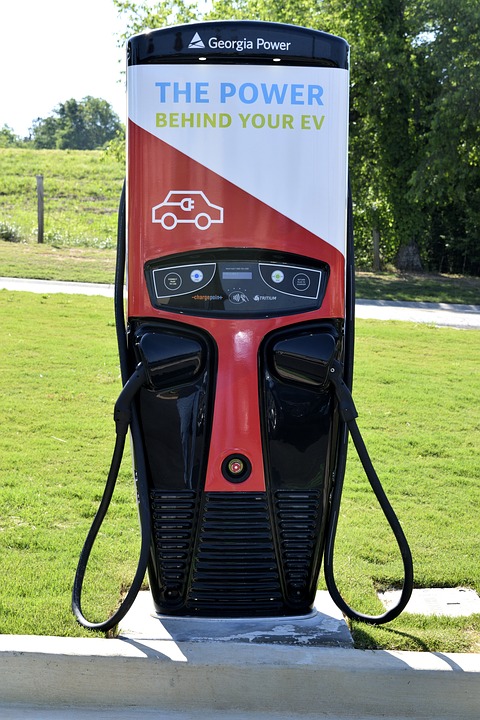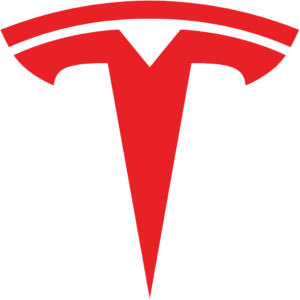In this series of seven blogs, we will cover the information you need to know about charging battery powered electric vehicles (EVs). To make the topic easier to digest, we have broken it into seven short blogs, namely:
- Part 1 – Battery and battery charging basics
- Part 2 – Battery performance measures
- Part 3 – EV battery charging – charging levels and home charging
- Part 4 – EV battery charging – outside the home; connectors and charging companies
- Part 5 – EV battery charging – problems with public charging stations; EV charging costs versus ICE-powered fueling costs
- Part 6- Looking at EV charging’s big picture
- Part 7 – Trends in solar power that will accelerate the move to electric vehicles
Looking at EV charging’s big picture:
Consider several high-level matters relative to the current EV charging picture in the US.
Numbers from several US government sources differ a bit, but the consensus of a handful of sources states that the average American drives some 12,000 miles a year, or about 33 miles a day! So, with the exception of long-distance trips (in excess of 150 miles) usually taken on holidays or vacations, the average EV owner doesn’t have to worry about public charging stations. Indeed, some 85 to 90% of EV owners’ recharge at home every night, plugging in their EV just as they do their cellphone. That way, they start every day with a “full tank”.
Numerous studies have shown that range anxiety is a huge concern of potential EV buyers. But don’t we encounter the same thing in ICE-powered cars? However, we have been driving them for so long that we don’t worry about it that much. Obviously, as you drive an ICE-powered vehicle, you keep an eye on either the fuel gauge or the gas-range-remaining display in modern dash panel instrumentation. As these indicators reach a certain level, you consider when and where you are going to gas up. There is even an indicator light that comes on to tell you when your fuel level is getting dangerously low. Modern navigation systems show you a choice of gas stations along your driving route.
That scenario is no different when driving EVs. But because there are fewer charging stations than gas stations, it seems a larger potential problem to the first-time EV buyer than EV owners actually find it to be. People know their daily and weekly routines – their commute to work, to the supermarket, to their favorite restaurants. They quickly learn that a tank of gas or their EV range will last for a certain amount of time before needing refilling or recharging.
In the same way, even for the usual habitual holiday or relative/friend visits of say, up to 500 miles one way, people develop their routine mid-point refueling, rest room, and food/snack stops. With EV’s, it’s no different. You either quickly establish a favorite charging station stop, OR you select from several that Tesla (for instance) plots out for you when you do your trip planning. For Tesla owners, their systems not only point out how many and where their charging stations are, but they also include information on how many operable charging devices and connectors there are in each station, and how many of those are currently available. There are also many route planner apps that show available charging stations on any given route and help plan out a trip and one’s progress during it. Plugshare’s EV Trip Planner is one such app, A Better Route Planner is another.
There are four places where charging stations are currently limited – workplaces, urban city streets, suburban condo/apartment complexes, and rural locations.
Many companies are facing increasing pressure from employees to provide EV battery charging stations – at least Level 2, if not DCFC – – at their work sites. One can hardly think of a more environmentally friendly perk (or necessity!) to provide to employees.
On urban streets, there are a number of solutions emerging. Level 2 charging stations can be established curbside where one could rent the space on an hourly basis for charging while shopping or even parked during work or overnight. As reported in Motoring Research (3/17/20), in London, a joint effort between Westminster’s City Council and Ubitricity has installed lamp post chargers at 24 locations on what was formerly called Sutherland Avenue – – now named “Electric Avenue”. The Electric Avenue installations are just a few of Westminster’s lamp post network of 296 chargers. Siemens and Ubitricity have completed more than 1,300 charging installations across the city.
For apartment or condo complexes, dwellers are bringing increasing pressure on landlords and homeowner associations (HOAs) to provide EV battery charging stations. The latter two parties will also face increasing pressure for such charging stations (and plenty of them!) to be a part of that complex as apartment and condo seekers will increasingly gravitate to those complexes offering them.
In extremely rural locations, some form of home charging will be a necessity. If the home has electricity, certainly a Level 1 or 2 charger will do. If the home has no electricity, it will have to take advantage of solar power and energy storage to power both the EV car’s or truck’s battery charging. This will provide other benefits of electrical power to the house or outbuildings. It is not unlikely that in such rural environments, local business operators will create portable EV battery charging services. For a fee based on electricity delivered and miles driven to and from the site, they will show up with a truck-mounted generator and recharge the EV’s battery, or even the energy storage battery located on the homesite.
Longer range trends in EV battery charging:
There are several technological trends emerging that will virtually eliminate EV battery charging concerns within the next five to eight years, if not sooner.
The foremost of these is that EV batteries are getting more powerful – able to deliver more kilowatt hours of energy per unit of mass, usually expressed as Wh/kilogram. Tesla used to identify their models’ battery sizes on the back of each vehicle, but stopped doing this. Generally, Teslas battery packs are in the range of 70 kWh to 100 kWh. In April of 2020 Tesla is expecting to announce major improvements in battery technology, power, and efficiency.
EV batteries are lasting longer. Today’s Tesla batteries may last for 1,000 to 4,500 charge/discharge cycles, but Tesla’s April battery announcements will likely feature million-mile batteries capable of lasting 5,000 to 8,000 charge/discharge cycles.
Electric vehicles are getting more efficient – able to squeeze even more miles out of a given battery’s power or out of the vehicle’s software management and drive systems. This is a battle of inches, not miles. One percent here, two percent here. It all adds up. With Tesla’s unique capability to deliver over-the-air (OTA) software updates, many of these improvements are delivered at no cost to very happy customers in routine software upgrades. As an example of improved design benefits, in its new Model Ys, Tesla has changed the vehicle’s heater from a traditional resistance heater (a glowing toaster with a fan blowing across it) to a heat pump, thus conserving battery power in cold weather (an electric vehicle’s worst time of year).
Battery charging is getting faster. DCFC chargers are becoming more commonplace, and higher voltage chargers (and car battery management systems and batteries) are on the horizon that will enable battery charging from a 20% level of charge to 80% in five minutes or less. Furthermore, many new homes in some areas are being built with 240 volt AC outlets in one or more garage bays specifically to accommodate electric vehicle charging.
These four trends will converge soon in exponentially accelerating developments that will render today’s EV battery concerns moot. Future EVs will demand less “refueling” than any ICE-powered vehicle – historical or future. There will be no reason – economic or other – not to buy an electric vehicle. Indeed, in less than a decade, you may not be able to buy an ICE-powered vehicle, either because they are illegal in your city, state or country, or because our traditional manufacturers no longer manufacture them, or because those manufacturers are out of business!
The next blog in this series is: Trends in solar power that will accelerate the move to electric vehicles
Photo Courtesy of Pixabay
Your feedback in the form of comments or suggestions are welcome in the comment window. Thank you for following my blogs on this site and for participating in my blogging community.




